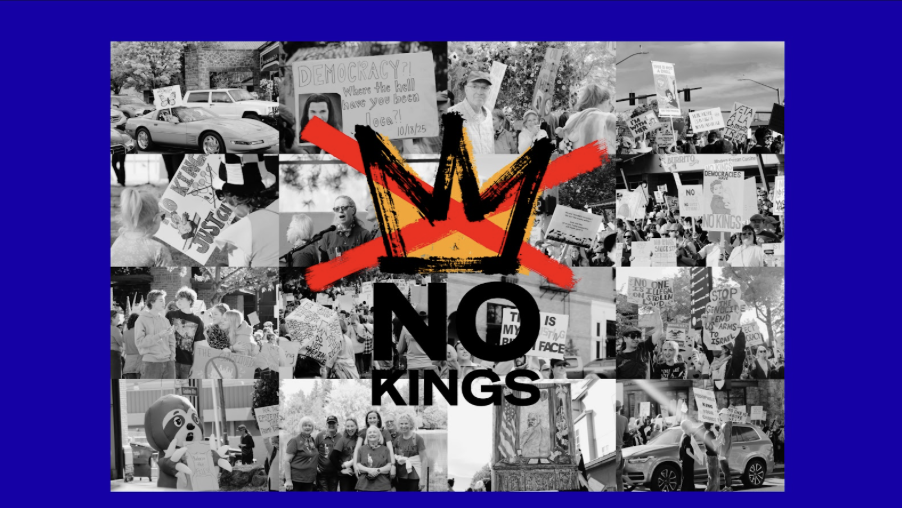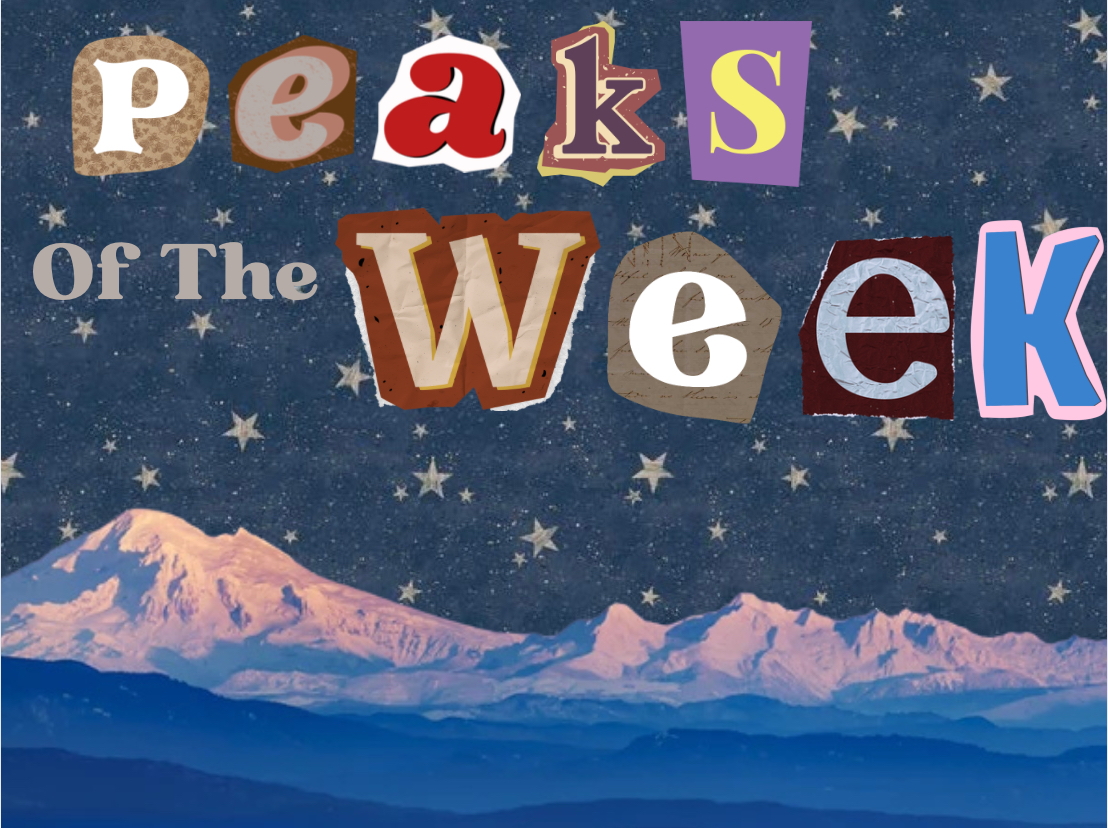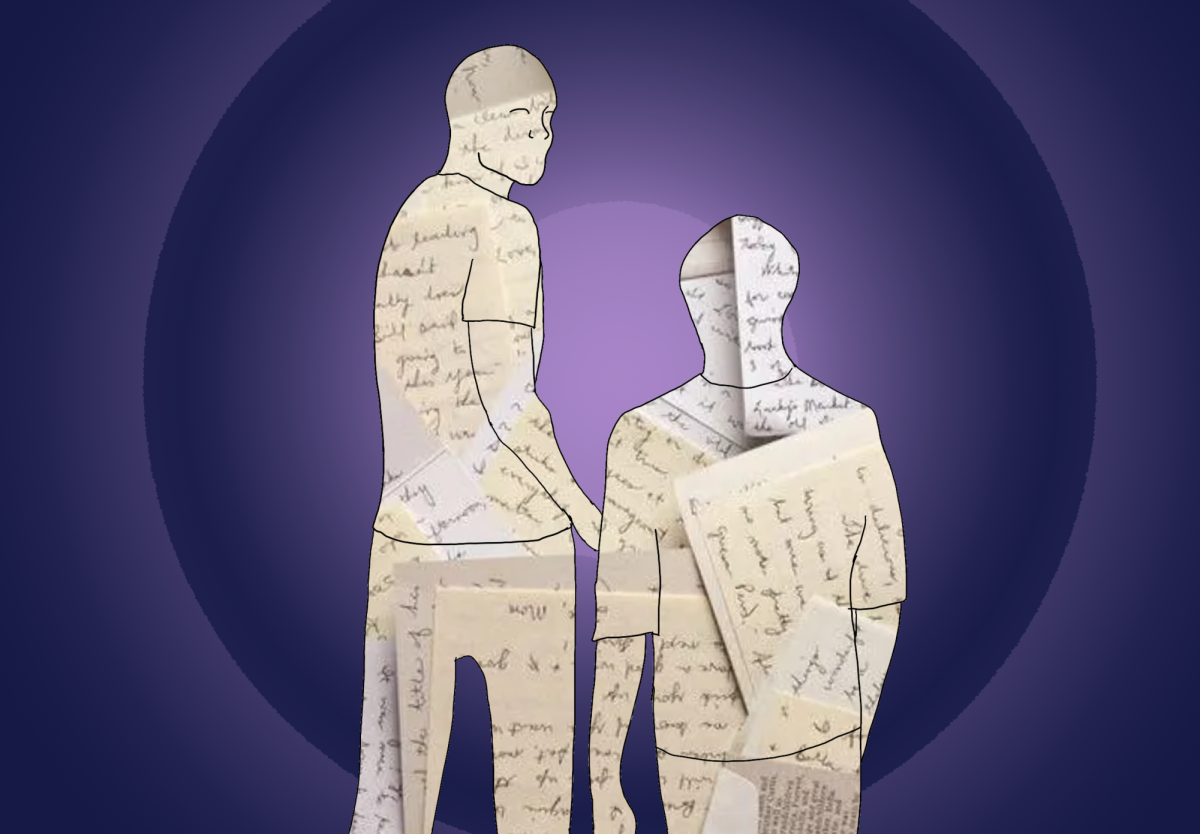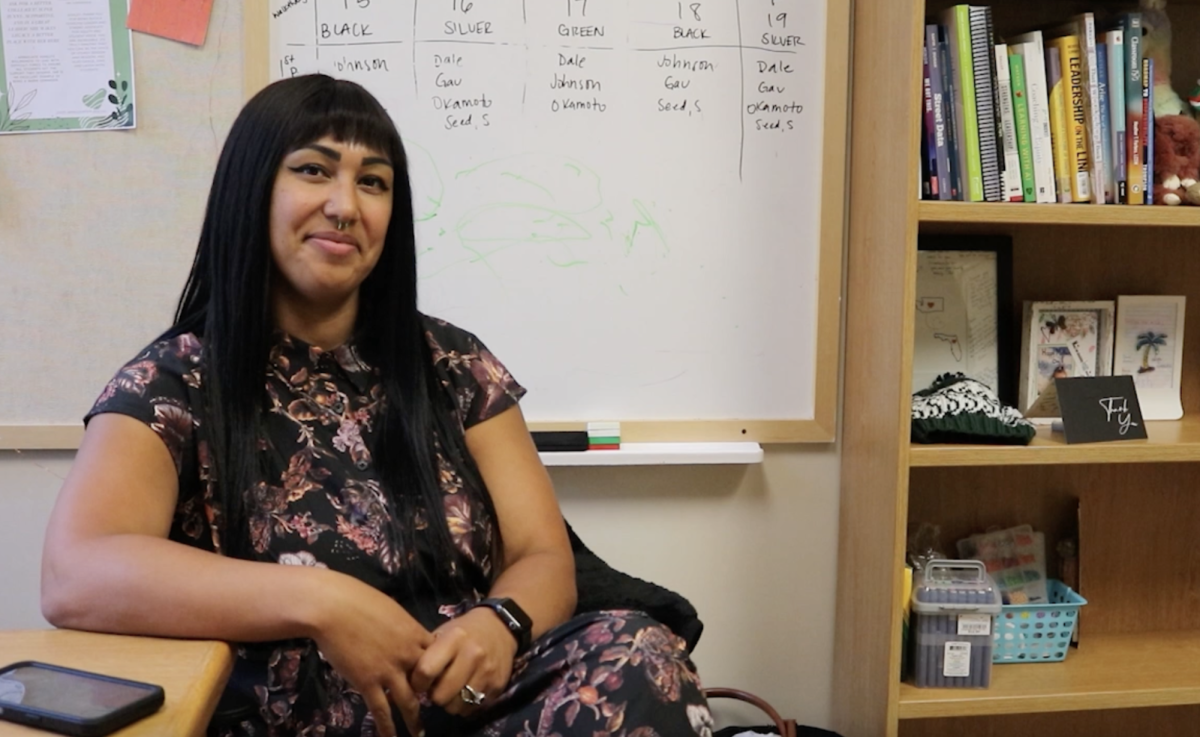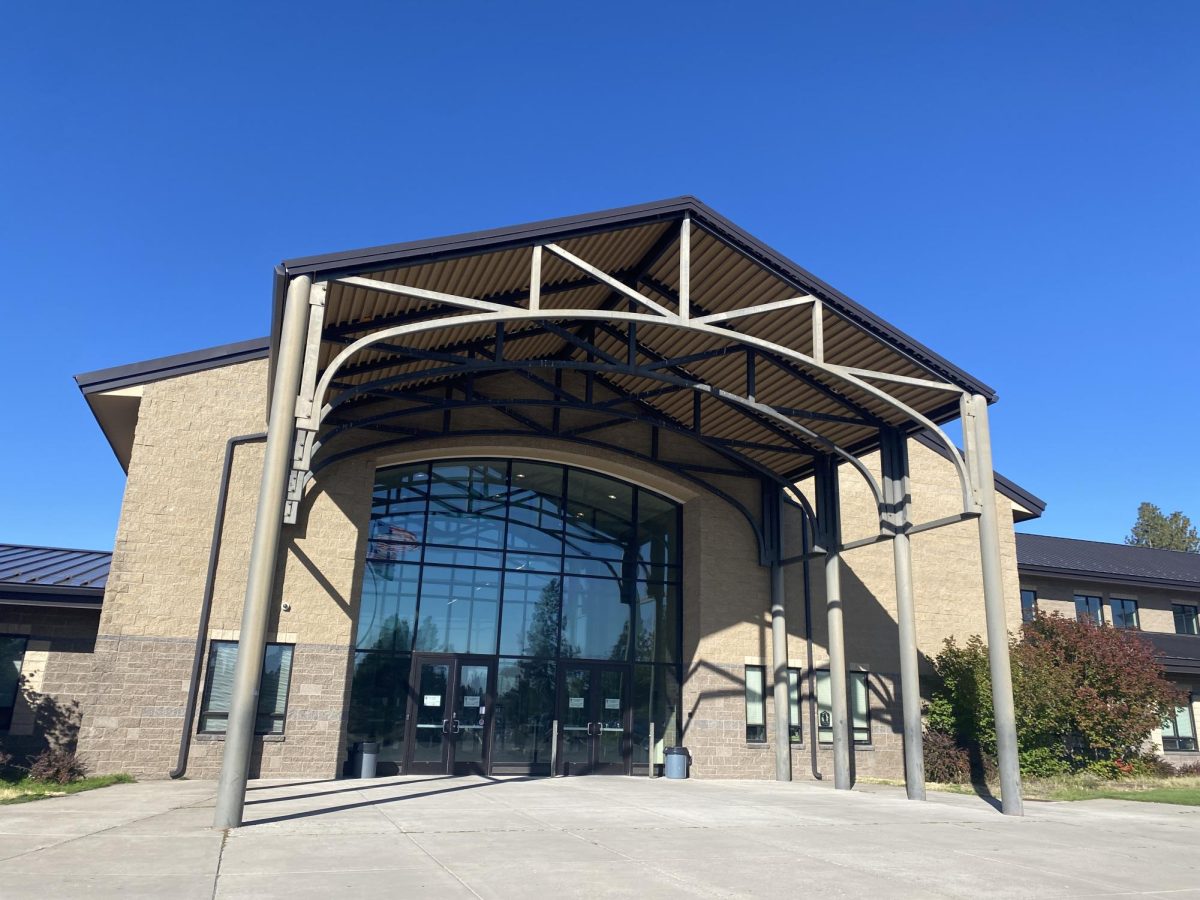The great American lawn display: red signs vs. blue signs. With plenty of neighbors ready to draw the line at their driveway, it’s a battlefield of political extremes. Each side has staked its claim in bright colors, with elephants here and donkeys there. Somehow we’ve figured out how to boil down one of the world’s most varied democracies into two boxes—republican or democrat — each individually guarded by massive amounts of partisanship. This forced choice leaves people picking who they believe is the “lesser of two evils.” In a system this stagnant, the familiar two party lineup every election year is not just uninspiring—it’s also undemocratic.
However, across the world many countries follow a multi-party system: a political structure where multiple political parties can gain representation and influence in the government, as opposed to being dominated by only two. This allows voters to pick a candidate who reflects their specific values, not just the party nearest to their views. Imagine what we could gain if we embraced this approach—a system that could actually capture the complexities and diversity of American opinions. It’s not just about more parties; it’s about genuine representation and voting for ideals rather than picking sides. Under a multiparty system voters would have a real spectrum of choices that address a wider array of issues. It’s a bold move. This shift would require changes to everything from state representation to the electoral system itself, but if we want a government that really represents America, wouldn’t it be worth the challenge?
The current “winner-take-all” system in the U.S. is largely what holds us in this two-party trap. Patrick Kilty, AP Government and Modern World History teacher at Summit, describes the current state.
“[It’s as if] two pieces of cement [are] banging into each other,” said Kilty.
Under this system, only one candidate wins each seat, regardless of how close the vote is, squeezing the nation’s broad range of opinions into two polarized groups. Becoming more and more distant from a coherent middle ground, it is clear our nation is in need of change. Yet, with each party having such financial and governmental backing, a political remodel seems far off.
“State legislators are unlikely to embrace changes that could weaken their own power,”said Kilty. Meaning any shift would require a very hard push for electoral reform at the state level.
With Democrats and Republicans values moving further apart, the landscape of U.S. politics has become more polarized than ever. This path leaves millions of Americans somewhere in between, voting out of frustration or simply just choosing to stay home. Kevin Walder, who previously lived in Austria and is now a Junior at Summit, sees this issue firsthand.
“People end up voting for the ‘lesser of two evils’ rather than candidates who actually represent their beliefs,” said Walder.
In a country as varied as the U.S., he notes, two rigid choices often leave voters angered and disconnected from government. As each party continues separating, the principles behind voting are further hidden, leaving some Americans feeling as though their vote is wasted.
The 2020 election only highlighted these issues when (despite established protocols ensuring a free and fair vote) the results were challenged and claims of fraud cast doubts on the electoral process. When a candidate’s win is questioned, especially without any evidence, it sends “cracks” through the democratic foundations meant to uphold the Constitution and protect government integrity.
“Free and fair elections are one of the underpinnings of our democracy [and when that foundation is tampered with] Democracy itself is at risk,” said Kilty.
He suggests that for future elections, a candidate needs to win by a substantial amount to avoid such disputes and to maintain public trust in the outcome.
Some states, like Maine and Nebraska, have begun experimenting with semi-proportional representation, a voting method that reflects the actual distribution of votes. If more states adopted this model, it could disrupt the two-party monopoly. But the deep rooted loyalty of the two major parties makes any change feel distant. The power of Democrats and Republicans, reinforced by gerrymandering and campaign finances, keeps the American two party system soundly in place.
Introducing a multi-party system wouldn’t just be about changing procedures—it would mean also addressing a mindset firmly set in American culture. Unlike in many European democracies, where coalition building is much more common, the U.S. electoral system is used to seeing politics as a choice between “us” and “them.” Transforming the system would need voters to shift their mindset of what representation means and to begin supporting a system that chooses collaboration over separation.
Yet, with irritation only building, many Americans are looking for alternatives. A multi-party system, though unfamiliar to our nation, could offer a way to break free from this very adverse standstill, creating space for more voices in government and allowing people to vote with their values. Multi party systems could create meaningful reforms on issues that matter to Americans but that typically get lost in the two-party shuffle. In a country as widespread as the United States, two choices may no longer be enough. Maybe it is time to open up seats for a more diverse table.


